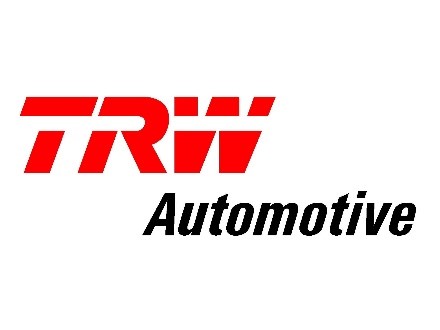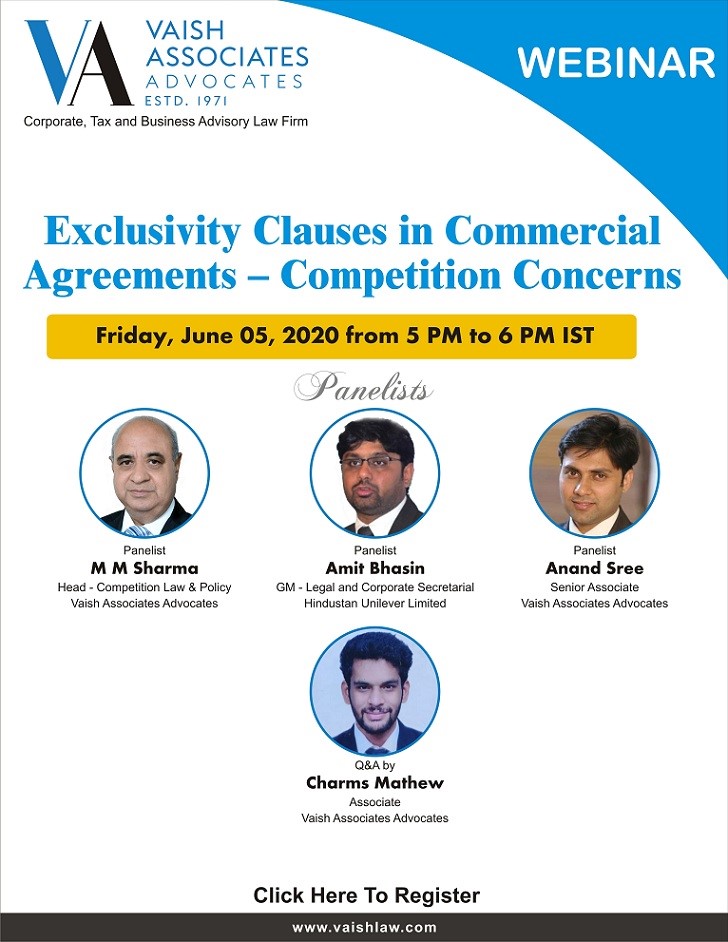There is little awareness of cartels in India. Cartels being agreements formed in secrecy, which may or may not be in writing; between firms in direct competition with one another in the “relevant market,” are the most pernicious form of anti competitive business practices. Business cartels are known to exist in industrialised countries for over 100 years now.
The International Vitamins Cartel in which all leading manufacturers of vitamins located in Belgium, Canada, France, Germany, Japan, the Netherlands, Switzerland and the United States, including Hoffmann-la Roche AG and BASF of Germany, Rhone-Poulenc of France operated for over 10 years from 1989 to 1999 and covered all major vitamins consumed the world over.
The overcharge on vitamins imports by 90 economies during the years 1990 to 1999 was estimated to be $ 2,709. 87 mn.
The European Commission (EC) too has made great strides in fighting cartels. Between 2000 and 2005 the Commission adopted 38 infringement decisions targeting both European and worldwide cartels, and imposed total fines of E4.4 bn.
In April 2007, the European Commission busted a cartel on the beer market in Netherlands. In November, 2007, the EC busted an international cartel that fixed prices of flat glass used in the manufacture of glass products such as double glazing and safety glass. The cartel involved known manufacturers of glass, ie, Asahi of Japan, Guardian of the US, Pilkington of the UK and Saint-Gobain of France.
Cartels are likely to be more harmful in developing economies where the rate of detection and quick judicial punishments may not match with those in the developed world. Mexico and Colombia are classical examples where the ill-famed drug cartel mafia is known to be constantly engaged in a state of ‘drug war’.
The ‘gangland’ type executions by Mexican gangs have reportedly increased dramatically since 2001 and in 2007 an estimated 2,500 executions took place. In Argentina, in July, 2005, five Cement companies were prosecuted for a cartel that lasted for 18 years from 1981 to 1999. The cartel members were fined $ 107 mn, the largest antitrust fine in the nation’s history.
In Brazil, in 2005, CADE, the competition authority of Brazil, found cartels in relation to Pharmaceuticals, Steel and Crushed Stone. Heavy fines are likely to be imposed. In South Korea, in May, 2005, the Fair Trade Commission of South Korea fined KT Corporation with a record fine of Korean Won 115.9 bn (about $ 115 mn) for price collusion in broadband internet and landline telephone services, being the largest fine imposed in South Korea against a single company.
In South Africa, the competition tribunal inquired into an alleged cartel of four airline companies that had conspired to announce a fuel surcharge simultaneously in May, 2004.
There are few reported cases of cartels in India under the MRTP Act. In the absence of specific provisions under the said Act, there was no legal deterrence for cartelisation. The new Competition Act, 2002 provides severe punishment for cartel.
Three broad features of a market make it easier for the firms to collude. First, the elasticity of demand. Markets such as oil and gas, cement, steel, power, where there are no substitutes available, provide greater scope for huge profits by price rise, and hence a chance for explicit collusion among the firms. Second, the level of competition in the market.
The fiercer is the competition and lower the prices, in absence of cartel, the greater are the likely benefits from setting up of a cartel.
The airline sector with a large number of private players competing with one another for each priority route or on
favored timings in a busy route could be an example.
Third, the barriers to entry in a given market. Low barriers to entry or expansion in a given market make a cartel difficult as any new ‘maverick’ player with better efficiency can undermine the cartelised price. Retail consumer sectors such as those of readymade garments, handicrafts etc could be examples.
Interestingly, a cartel is difficult to be sustained for long as there is an inherent tendency amongst members to derive maximum benefits by cheating on others by undercutting the cartel price. The more efficient the member of a cartel, greater would be the benefit of such cheating.
Such cheating is easier in case the cartel between multi products firms is operating simultaneously in a large number of geographic markets. A large number of firms in a given market also facilitate such cheating as the detection becomes difficult.
The likelihood of the cheating being detected by other cartel members further reduces the success of a cartel. On detection, the cartel either fails by itself or clue about the same is given by a victim of such cheating to competition authorities.
The leniency programme comes as a handy tool for such ‘defectors’ to mitigate their likely punishments. Detection of cheating is also facilitated by price transparency, small number of firms, homogeneous products and predictability of demand. Lastly, the extent of ‘punishment’ imposed by other members on the cheater firm.
‘Punishment’ usually leads to the restoration of the competitive pricing by other cartel members. It may also involve competing in the exclusive territory of the cheater firm. The longer the punishment is sustained, stronger will be the deterrence against such cheating.
A Caveat-to associate ‘high profits’ with cartelisation is a misnomer. The UK OFT guidance on ‘Assessment of Market Power’ suggests that a firm can be held to be making ‘excessive profits’ in anti- competitive sense if : (a) profits are substantially above the cost of capital; (b) on a persistent basis; and (c) without any evidence that entry is likely to undermine these profits in the medium-term.
In the US, a high price charged by a monopolist is not considered anti-competitive per se and is left for the courts to decide. The European Union, however, condemns excessive pricing as an ‘exploitative abuse’. In India, ‘excessive pricing’ by itself is not listed as an anti-competitive violation under the Competition Act, 2002.







